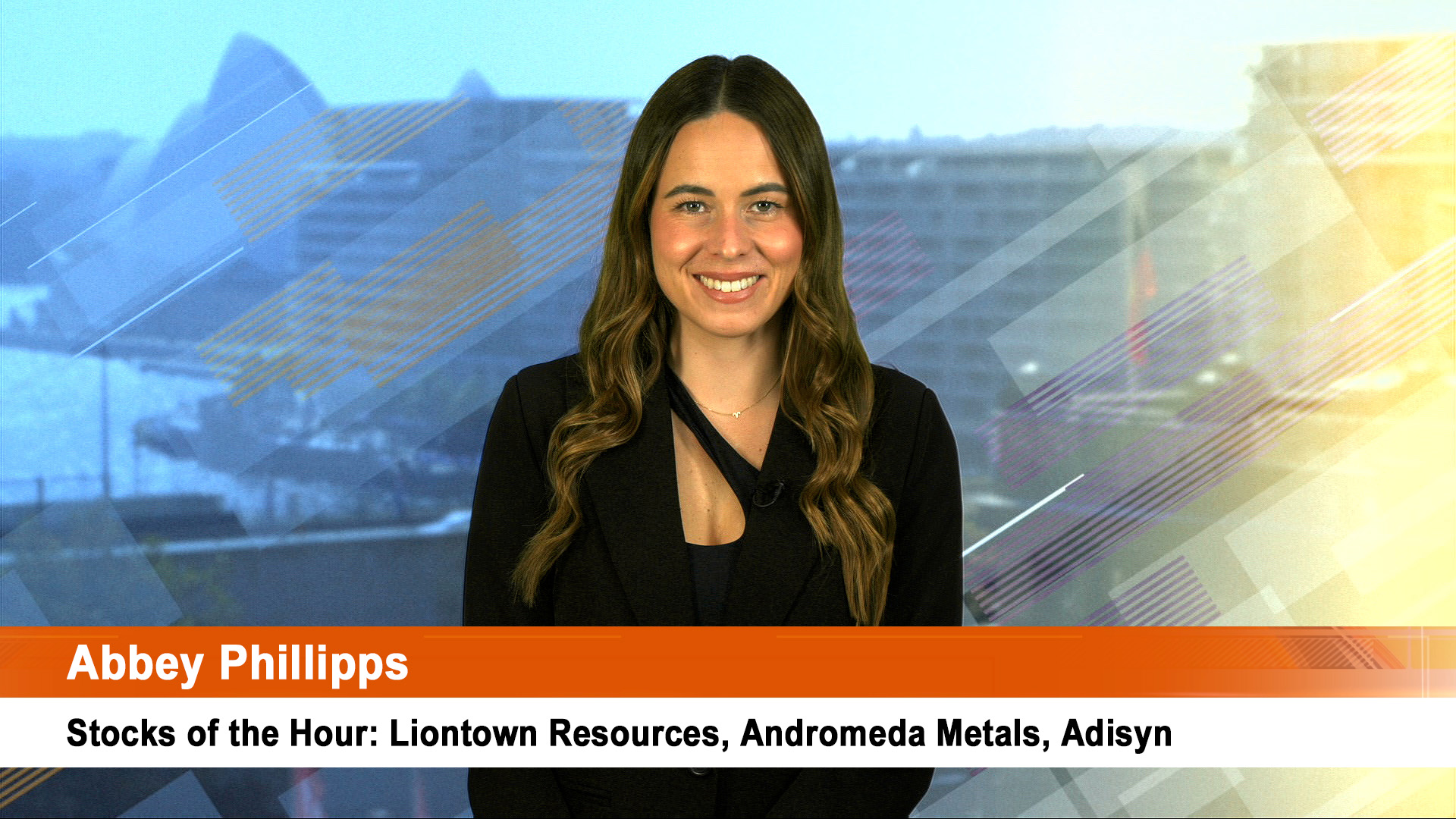China had its biggest monthly trade deficit 22 years in February: a massive $US31.5 billion as imports soared.
The news will confuse all those bears who have been pointing to the slowdown in exports and imports to claim the Chinese economy was weakening and a hard landing was possible.
That claim was dragged out in January when the bears ignored the impact of the Lunar New Year, which fell in that month, instead of February, as it did in 2011.
Now they will struggle because the reality is that based on combined January and February figures, the economy is slower than a year ago, but not slumping.
The big difference is that the inflation surge of 2011 now seems well and truly over, which opens the way to an easing in monetary policy, sooner rather than later.
In fact the surge in import volumes last month was much more than just an adjustment for the timing of a key holiday, there seems to have been a surge in restocking and stockpiling, especially in iron ore and copper.
The big lift in imports is at odds with the slower level of activity in the economy, but it’s still expanding output at a heady 11% annual, but inflation is weakening.
Consumer price inflation fell sharply in February, to an annualised 3.2% from 4.5% in January (which was up from the 4.1% rate in December).
The reason for the fall: smaller increases in food prices (and some outright falls) after the surge associated with Lunar New Year in January.
(The rate for January and February was 3.9%, under the target of 4% for this year.)
The CPI fell 0.1% in February from January.

That means consumer price inflation has halved (as an annual rate) from the 6.5% peak reported in July.
If that is maintained, or continues to fall in coming month, we can expect a further cut in asset reserve ratios for Chinese banks, or even a cut in interest rates.
At the same time, the producer price index was unchanged at an annual 0.7% last month after topping 7% mid year, another significant fall.
China’s urban fixed asset investment rose 21.5% in the first two months of 2012 from a year earlier.
That growth rate was down 2.3% from the first two months of 2011 (the holidays in different months in the two years should have cancelled each other’s impact), so it looks like a significant drop.
In fact the 21.5% rate was the lowest level since 17.4% in 2002, according to the bureau of statistics data.
Industrial production grew by 11.4% from a year earlier in the first two months of 2012, the slowest since mid-2009.
China’s industrial output has been slowing since last year, recording 14.4% in the first quarter of 2011, 14% in the second quarter, 13.8% in the third and 12.8% in the December quarter.
The downward trend will continue for this quarter at least, as domestic growth has slowed, thanks to weak export markets and slowing domestic manufacturing activities (cars for example).
China’s power generation rose 7.1% in the first two months of this year, the slowest growth rate in a year.
Retail sales increased 14.7% in the first two months from a year earlier, down from the 18.1% year-on-year growth seen in December 2011.
Falling food and other prices would have helped push the value of retail sales lower before inflation.
Passenger car sales fell 4.4% in the first two months of the year from a year earlier to 2.37 million vehicles and total auto sales fell 6% from a year earlier to 2.95 million.
(But again, as for all figures for January and February, the impact of the holiday breaks in each year should have cancelled each other out.)
The trade deficit for February follows the surplus of $US27.2 billion in January when exports fell 0.5% from a year earlier and imports dropped 15%.
That got the bears all excited as they babbled about the result being worse than expected, even taking the holiday break into account.
For that reason, the February trade figures should also be taken with a grain of salt, because comparisons with February of 2011 are skewed as well.
In February exports jumped 18.4% (to more than $US114 billion), compared to a year ago, while imported surged 39.6% (to over $US145 billion) as Chinese factories resumed full time work after the week-long Lunar holiday in January that delayed shipments and cut consumption of raw materials.

For the two months together exports rose 6.9% from the previous year, while imports were up 7.7%, so slower than ‘normal’ but no disaster.
China’s trade with the European Union, its largest trade partner, grew 4.7 % year-on-year in the January-February period to $US79.8 billion.
However, China’s exports to the eurozone slid 1.1 % in the first two months year-on-year.
The US replaced the EU as China’s largest export market in February.
In February of last year the country had a deficit of $US7.3 billion (described as ‘unexpected’ at the time) as exports rose 2.4% and imports jumped 19%.













